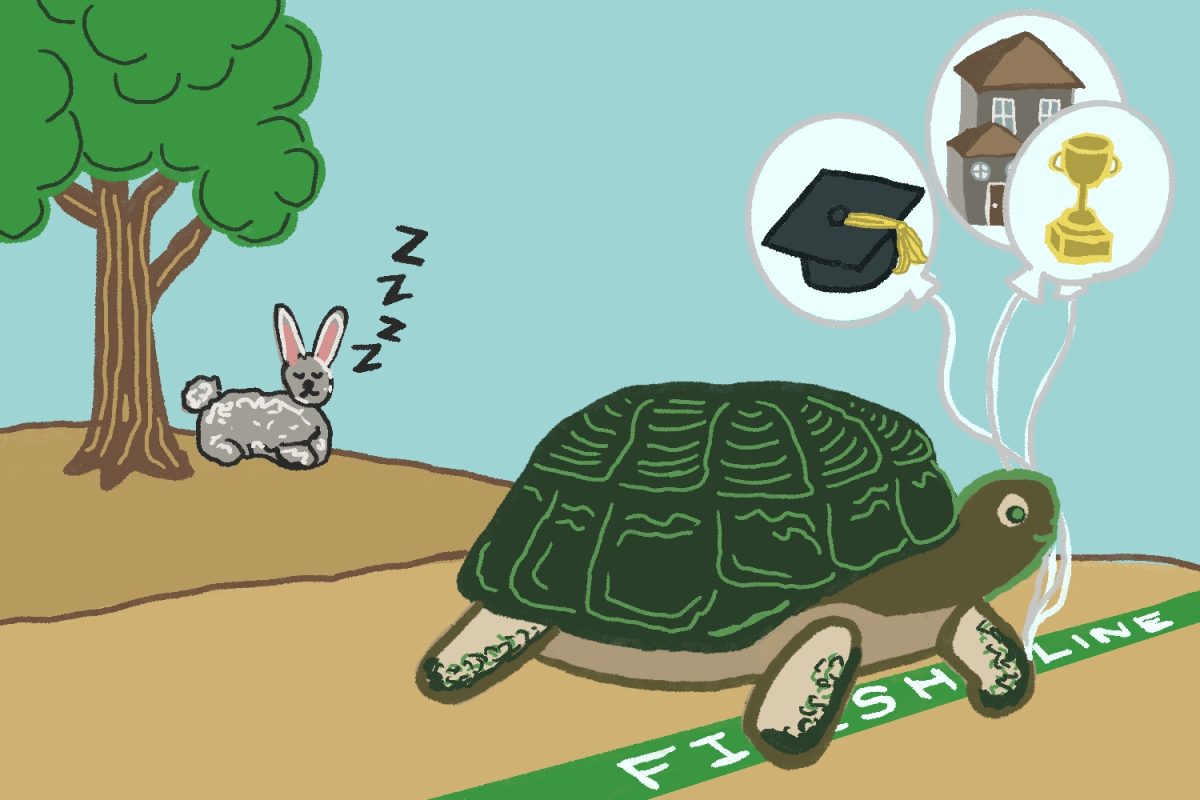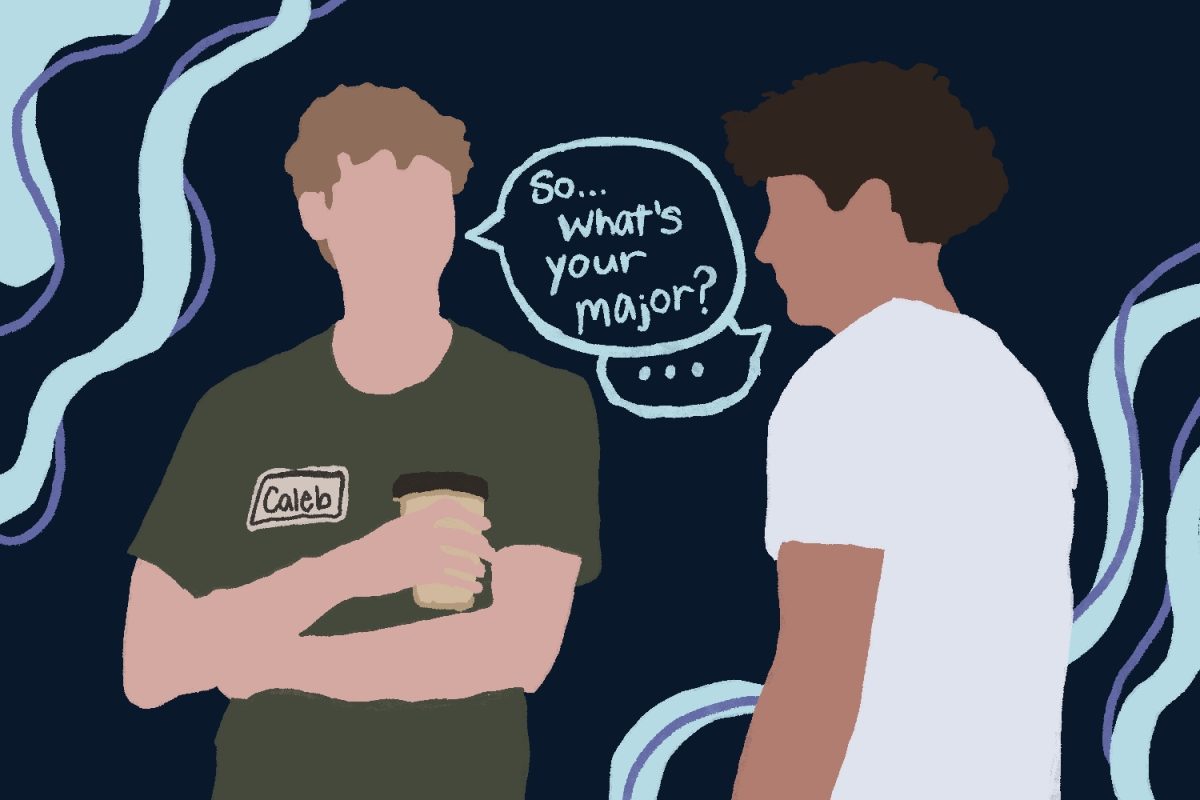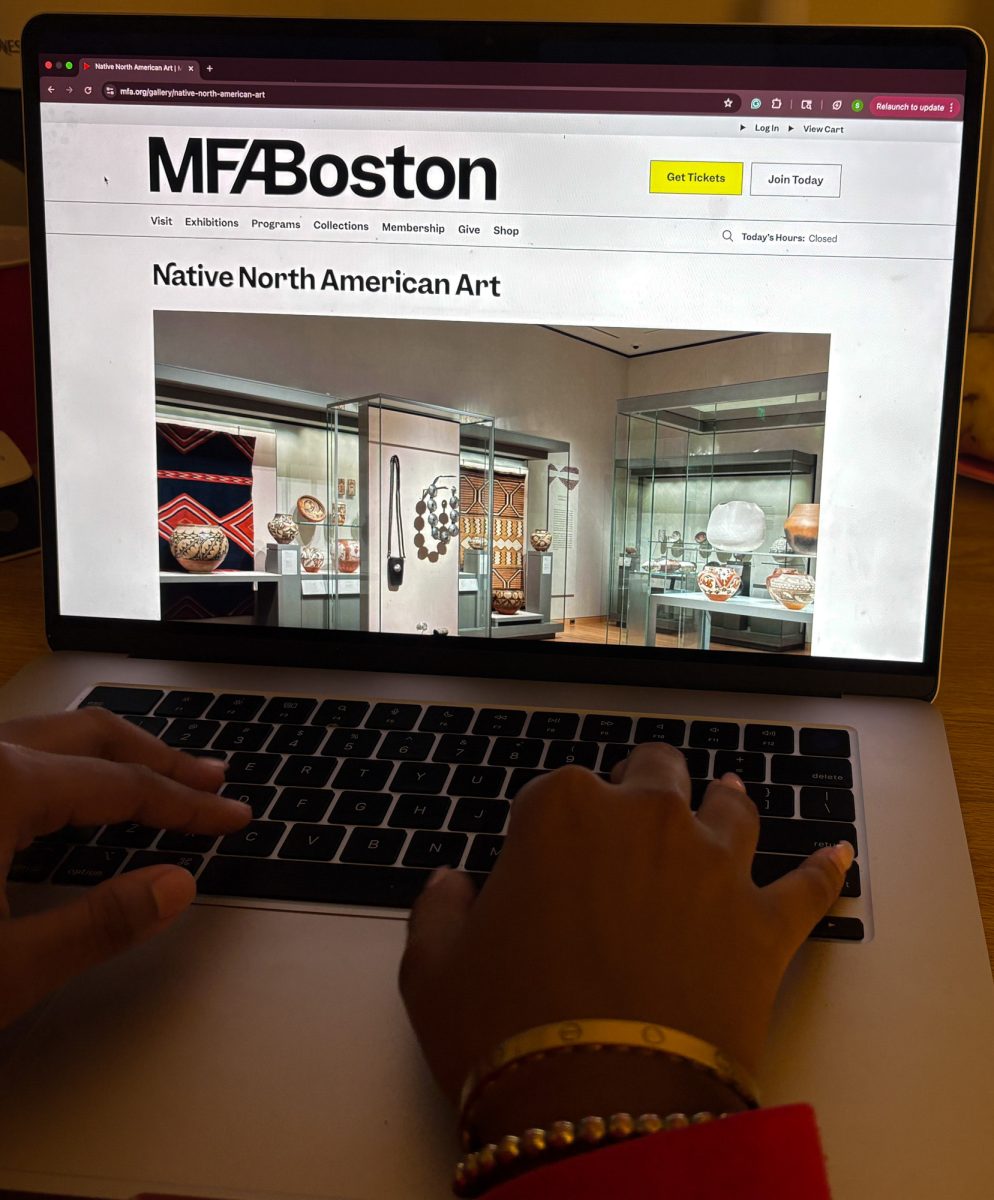Although the suspects connected to some of the recent robberies around Boston University’s Charles River Campus are in custody, the crimes raised questions in the BU community about the racial tensions brought to light by the descriptions of the suspects and students’ reactions.
The BU Emergency Alerts sent to students after the robberies occurred on Sept. 23, Sept. 26 and Oct. 5, as well as after the attempted robbery of Oct. 9, characterized the suspects by only their race and gender.
Each suspect in each incident was described as a black male, whereas additional description such as attire or an estimate of age was given only in some of the alert messages. On two occasions, the suspects were described as wearing hooded sweatshirts.
“The thing is, that’s a very vague description,” said Javaun Francis, a School of Management sophomore and member of BU’s black student union Umoja, about the alerts. “It will inevitably cause certain people to be more fearful of certain people on campus.”
Francis said he understands the necessity of getting correct information to the student population, but that the individual responses are what can result in tension.
Deputy Director of Public Safety of the BU Police Department Scott Paré said there is no specific protocol regarding content of the alerts. Rather, they seek to be timely and accurate — in accordance with the victim’s report.
“You have to go with what the victim gives you,” he said.
Paré said these situations can be traumatizing for the victims, which can result in less revealing descriptions of the suspects. However, BUPD plans to seek more information on the suspects after the initial incident.
When officials from the BUPD, Brookline Police Department and Boston Police Department spoke at a town hall meeting in Metcalf Hall on Oct. 10, several students raised questions regarding the incidents. One student, who did not identify herself, claimed that a friend of hers told her to avoid black people, The Daily Free Press previously reported.
SMG freshman Stephanie Strager said she had experienced similar jokes with her friends.
“Maybe if we walk by a black teacher, someone will say ‘do you think that’s him [the robber]?’ But that’s just a joke,” Strager said.
Ben Young, a College of Arts and Sciences freshman, said he had not been aware of any instances of profiling, but that he could understand why it might be difficult for students to avoid.
“That’s just a thing,” he said. “Black guys wear hoodies sometimes, everybody does. I wear hoodies.”
School of Engineering junior Matthew Farmer, head of community relations for Umoja, said that as a black male he felt discomfort after the alerts were released.
“Both of my roommates are black,” he said. “It struck us as odd, because that means should we be walking down in Allston or something, are we going to be looked at differently because all of a sudden three black males in hoodies [were suspects].”
Paul Marcus, the executive director of Community Change, Inc., a Boston-based organization that seeks to promote racial justice and equity, said people have distorted views of the communities surrounding Boston due to systemic racism.
“We have this image that … the black communities in Boston and Latino communities are just riddled with crime,” Marcus said. “All of those perceptions that we have are because of the lenses we have been given within the racist system.”
Marcus also said the impact on the individual students who are profiled is a damaging one.
“Ultimately, it’s a feeling that you … don’t belong, it’s a feeling that you’re not trusted and that wears on you,” he said. “It wears on you to the extent that it impacts the stress of your life, it impacts your health outcome and it explains some of the reasons why blacks have a lower life expectancy than whites.”
Farmer said integration and collaboration of student organizations may help prevent instances of racial aversion and profiling.
“What I’m seeing is that [black student organizations] need to work more to involve the community on the whole,” Farmer said. “I feel that a lot of the events that black student organizations do tend to just include black students … but look at all the other student organizations. It’s not just about them, it’s about the community on the whole because that’s why we’re here.”
Chris Lisinski contributed to the reporting of this story.



















































































































DB • Oct 17, 2012 at 3:39 pm
You can only pass on the information you have. Don’t you think they WANTED to include more information than just approximate ages and skin color? Don’t you think they WANTED to give people as much information as possible about the suspects? Obviously that was all they got from the victims when they asked them to describe their assailants, just approximate ages and skin color. Come on, if you’re going to get outraged about something, shouldn’t you take a moment to THINK about it first?
donald davidson • Oct 17, 2012 at 12:49 pm
What are we missing here? So when a police description goes out do they only tell us part of what the perp looks like? Oh not the obese people will get outraged also when the perp is described as hefty, or the beard people get upset when the perp is described as having a fu-manchu when they really only have a goatee.
It’s time for BU to stop being babies, bad things happen.